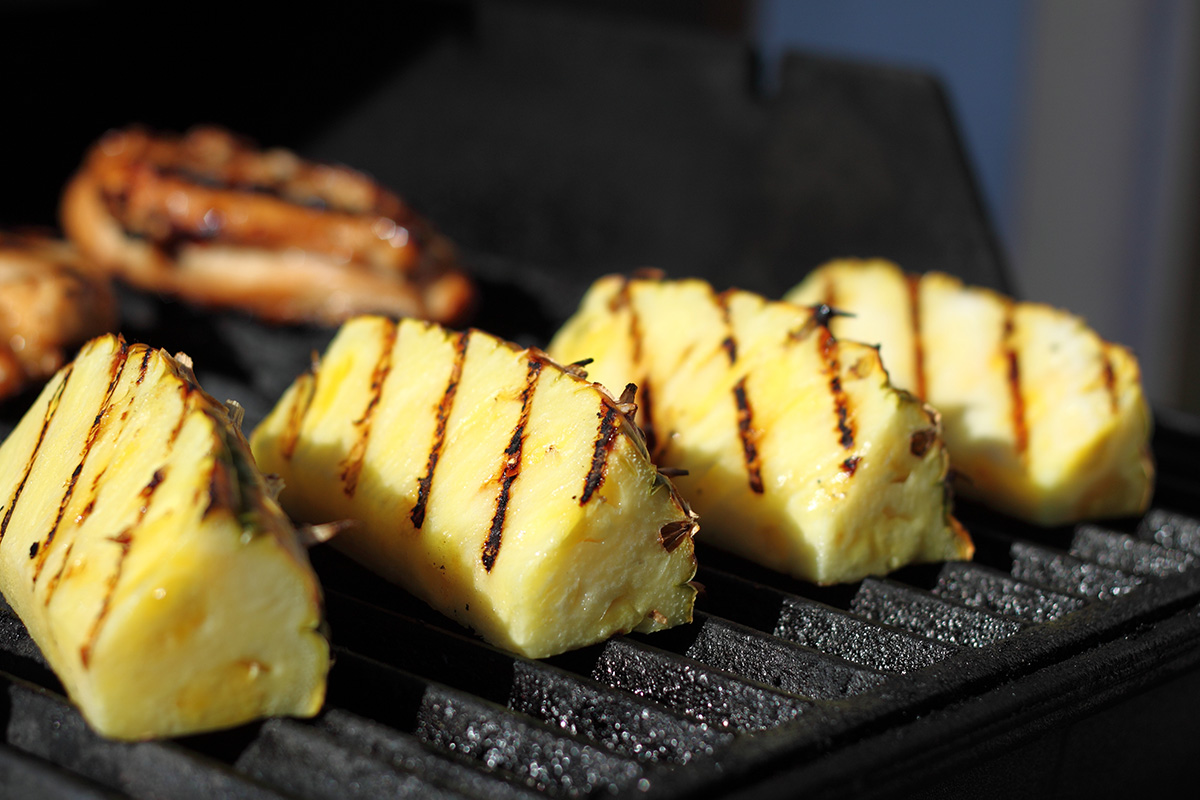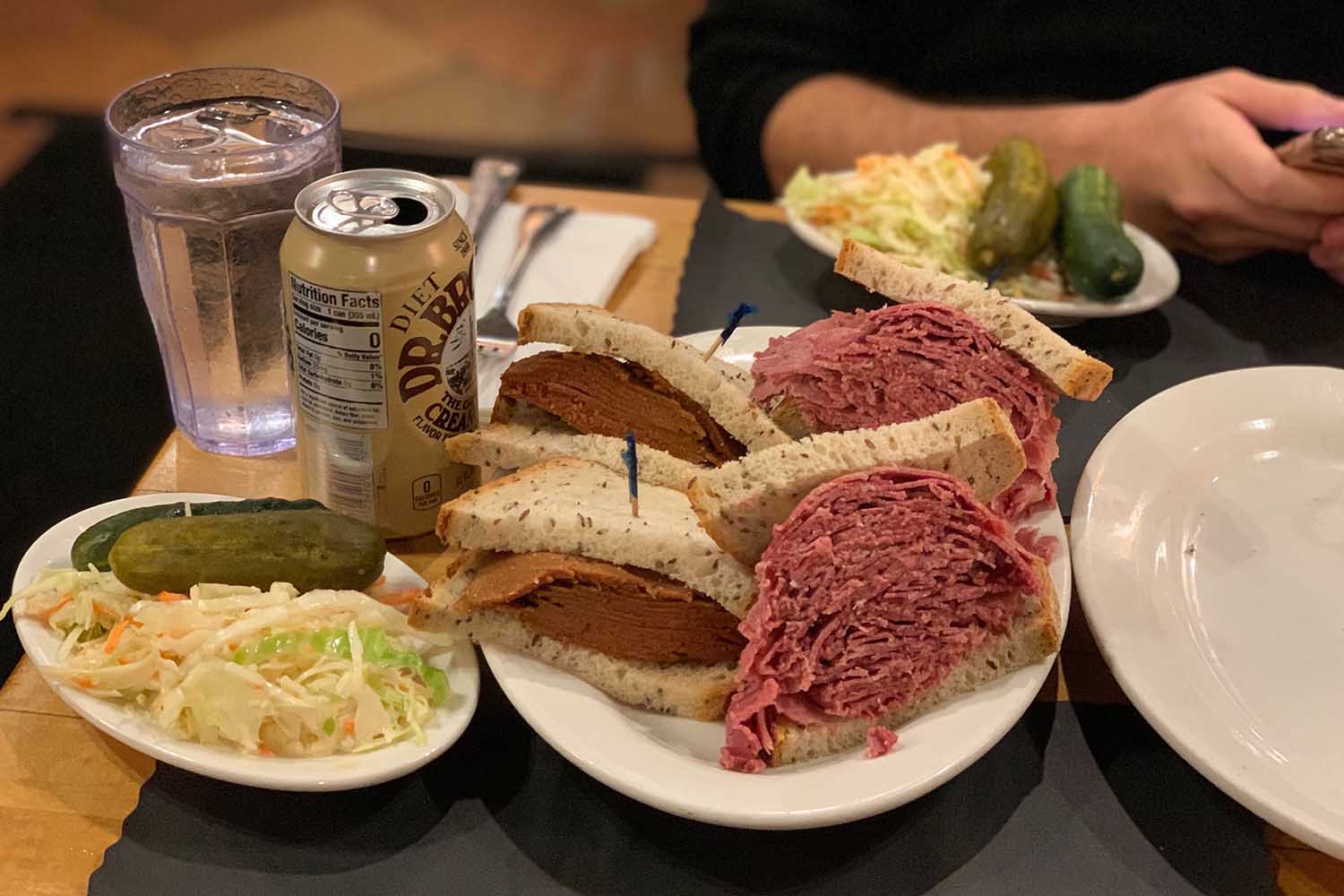Even before BBQs started to look this weird — hand sanitizer is now as important a purchase as ketchup — backyard feasts were wading into unchartered territory. According to 2019 data from Gallup, 41% of Americans have tried a plant-based meat product, including 50% of those under 50. This year, many Americans have decided to either keep that open mind going or even fully commit to life without meat.
That choice, last we checked, does not include an opt-out clause over Labor Day Weekend. To accommodate the movement, BBQ hosts will probably find themselves visiting odd aisles of the grocery store. And grillmasters, meanwhile, will have to get accustomed to taking (and cooking up) some strange orders.
But that shouldn’t be cause for alarm. The new revolution of plant-based products don’t only taste good — they cook well, too, provided you follow some simple guidelines. Below, our takes on how to pull off a plant-based BBQ without a hitch.

Know what’s out there
First, an important disclaimer: there are black bean burgers, beet burgers, halloumi burgers, portobello mushroom burgers, quinoa burgers, seitan burgers and tofu burgers. The list goes on. If you and/or your guests were forced to experiment with all the vegetarian options out there, there’s a decent chance you’d discover preferences for random meat imitations. But many of them represent a sort of mental hurdle for most American eaters, so at a casual BBQ, traditional beef reigns supreme.
But plant-based burgers from brands like Beyond Burger and Impossible Foods are worthy challengers. They’ve electrified the nation for the simple reason that they taste like the real thing. Even before meat supply chains buckled under the weight of the pandemic earlier this year — which catalyzed a 264% increase in alternative meat sales — Americans had already decided they liked the Silicon Valley companies’ meat simulations. Both Beyond (which has a pea protein isolate base) and Impossible (which is made from genetically modified soy), are the result of years of R&D that have paid off mightily; pop into a Dunkin’ Donuts, TGI Friday’s or Cheesecake Factory, and you will have access to a fake burger. It’s gone international, too — when I was in the UK earlier this year, I ordered a Beyond Burger at BrewDog, the famous Scottish microbrewery.
There are worthy debates to be had over the actual health benefits (both physical and environmental) of the plant-based meat revolution — I’m just not so sure they have a place at a BBQ. But if you’re legitimately concerned about engineered ingredients or high sodium levels, consider a brand like Lightlife. The Massachusetts brand took a full-page ad out in the The Wall Street Journal last week, calling on the big boys to use better ingredients.
While Lightlife does use natural ingredients, its calorie count and fat content are pretty similar to Beyond and Impossible. It helps, then, to bring it all back to the taste test. Explore other brands, like Abbot’s Butcher (high-end “cuts,” including sausages) or Gardein (a British Columbian brand that’s been at this for a decade). If it were regular meat, you’d leave yourself options, so don’t feel like you have to pledge fealty anytime soon. For the record: my plant-based go-to is generally a Beyond Burger and a Beyond Brat. I quit meat about a year ago, and don’t particularly miss it. I credit that fact in large part to this combo. “One burger, one dog” was always my grill order when I ate meat, and of the options outlined here, Beyond’s has kept me consistently happy. It’s also available at 50,000-some-odd grocery stores, which is a plus.
Remember: It isn’t meat
Whatever you decide to grill up — whatever brand, whatever type of food — keep in mind that this isn’t meat. That shouldn’t necessarily be intimidating, it just means that some steps (or results) during the cooking process will feel different to what you’re used to. For starters: you’ll really want to clean the grill well and let it get hot. Fake meats have binding agents to keep all those ingredients together, but if they’re on a grill with char specks leftover from the Fourth of July, or are trying to turn brown over grates that haven’t been given 10-15 minutes to get going, you might be asking for trouble.
As for prepping the meat itself, make sure it’s reached room temperature before you put it on the grill. (Many grocery stores sell it in the freezer section.) Then give it a bit of canola oil; some plant-based burgers and sausages will “bleed,” but they can’t really cook in their own juices. A little lubricant will help that process along, while making sure they don’t stick to the grill. Unlike real beef, it’s kind of difficult to overcook alternative meat. You can lose some flavor by pushing down on the food too much, but letting the meat cook on its own for several minutes isn’t going to turn it into a gray slab. Still, the instructions on the Beyond packaging are spot-on: two minutes for each side of the patty. High heat and less time is the move here.

Don’t forget: Sides
It helps, when serving fake meat (either to a guest or yourself) to keep the foods you’re used to close at hand. All those relics of previous BBQs — the chips, the cheese, the condiments — don’t need to be tossed out the window. Pile them on and around the plate; it’ll lend the whole affair an air of familiarity, while doing your alternative burger, kielbasa or slider a solid on the taste front.
Plus, consider grilling sides that cater to a variety of dietary requirements. For instance, assuming you’re careful with A) timing the meal well and B) cleaning the grill (or shifting food around to make sure it doesn’t touch/occupy the same space), you could grill skinless chicken breasts for so-called “flexatarians,” shrimp skewers for pescatarians and all sorts of fruits and veggies — pineapple rings in cinnamon and sugar, asparagus in oil and salt, sweet potatoes in maple syrup and foil — for the vegans. Head here for more takes on healthy grilling options.
Mind your Ps and Qs
It’s worth mentioning that people get a little funny around the topic of plant-based meat. Some are firmly pro, while others have more or less trained themselves to automatically discount the concept. As the late Tony Bourdain once said, “There’s nothing more political than food.” If someone decides they don’t want an alternative burger, don’t feed them one just to see if you can trick them into liking it. If it’s meant to be, they’ll find their way to one eventually. And on the other side, if you’re a proud meat-eater, don’t try to make other, plant-based consumers jealous or regretful at a BBQ. Swapping out a childhood staple for something new and a little scary — even temporarily — is a big deal. Live and let eat.
Beyond the BBQ
A column from New York Times Cooking pointed out last March that it’s easy to repurpose plant-based burgers for dishes that historically use ground beef. It’s a really astute point. While grilling with fake meats isn’t that difficult, grinding them up in a pan for taco night, a Bolognese sauce or a Thai noodles dish is always an option. Keep that in mind in case you buy too many patties, or you just love the taste and want to keep experimenting.
Whether you’re looking to get into shape, or just get out of a funk, The Charge has got you covered. Sign up for our new wellness newsletter today.























